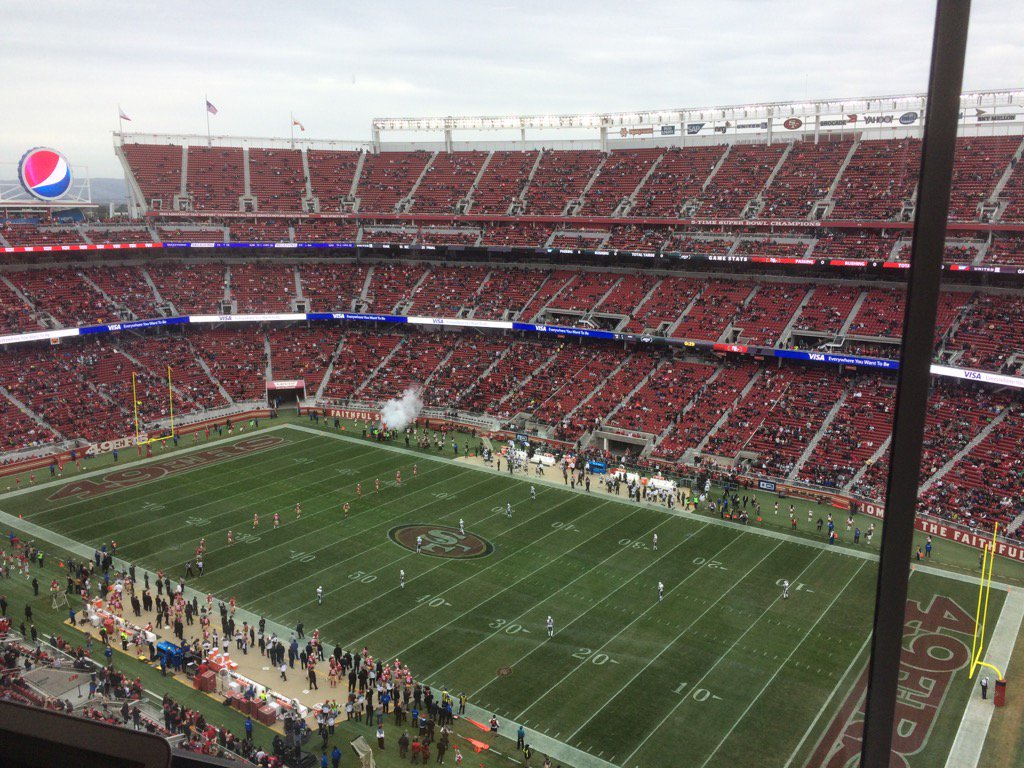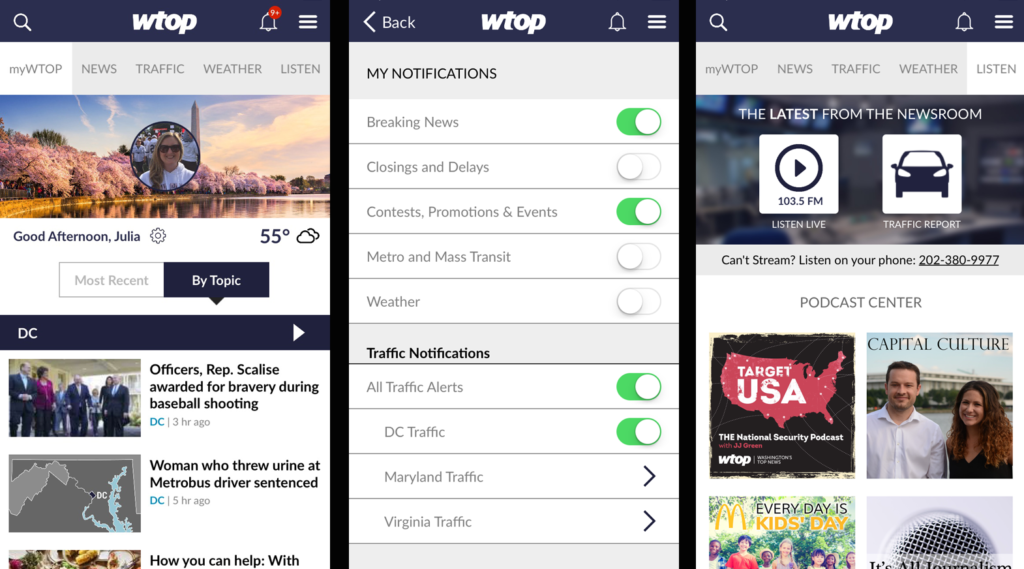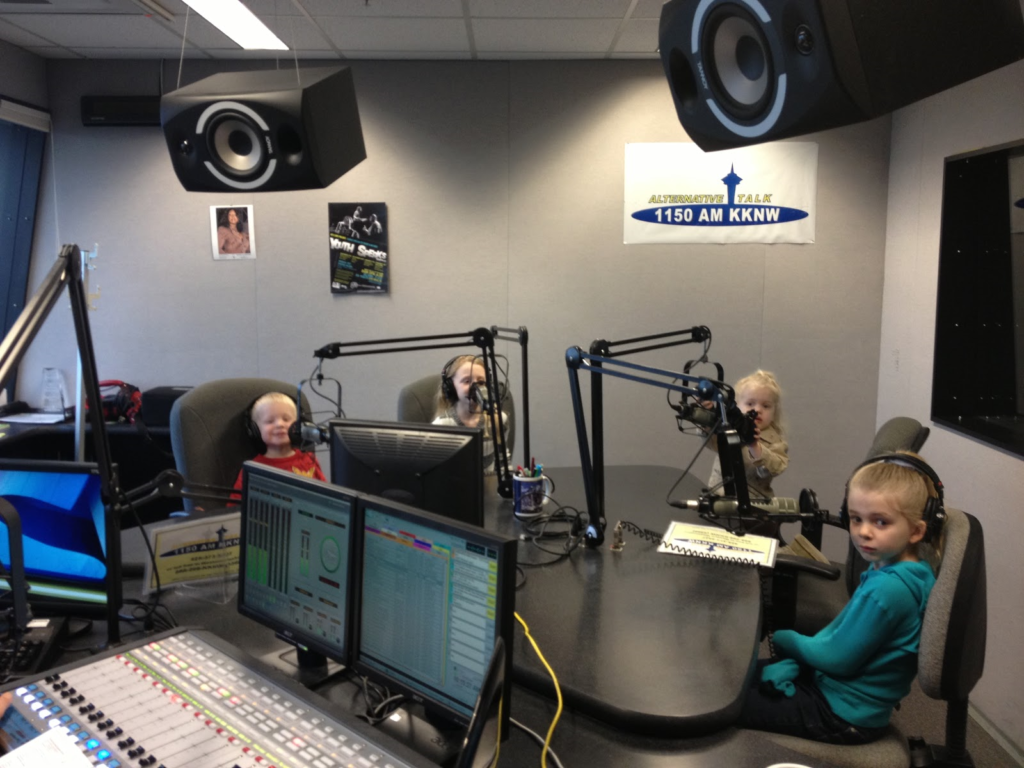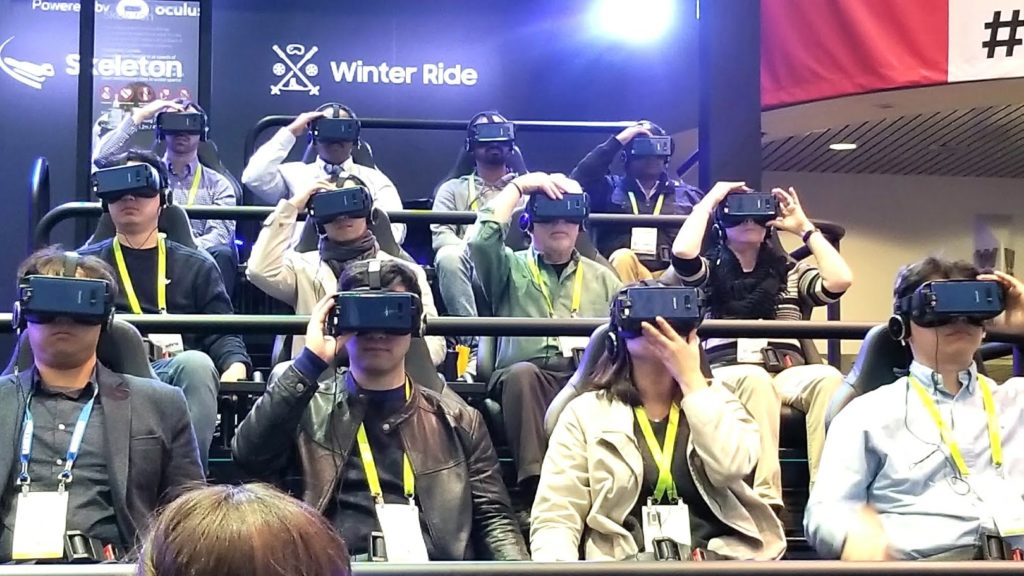 It’s one thing to look at a computer screen and see a station’s cume trend heading steadily down. It’s another to look at a stadium that’s has more empty seats that full ones. For the owner of a pro sports team, it’s a vivid reminder there may be something wrong with your business model.
It’s one thing to look at a computer screen and see a station’s cume trend heading steadily down. It’s another to look at a stadium that’s has more empty seats that full ones. For the owner of a pro sports team, it’s a vivid reminder there may be something wrong with your business model.
For more and more fans, those “man caves,” media rooms, and big screen TVs have become attractive alternatives to laying out hundreds of dollars, battling traffic, and killing an entire day attending a sporting event.
To an extent, the sports leagues – along with consumer electronics companies – have brought this on themselves. Every game is televised, making it easy to spend a Sunday or a Monday night in the comforts of home, watching the action on an 85″ TV.
To push back against the trend, teams are using technology – some of the same tools that encourage fans to stay home – to reimagine actually showing up at the venue to watch the game in person.
For radio, there are some smart analogies here, because many sports teams are leaning on their built-in assets to reboot the fan experience.
A recent story in MediaPost’s “The Marketing Insider” by Luke Williams takes a deep dive into how teams are researching their audience – and investing in ways that enhance an entertainment option that has become a ho-hum experience.
Mobile First
You don’t need research to know what fans are doing while attending games – checking their phones. Every crowd shot reveals people holding a beer in one hand and their iPhone in the other.
So, teams are smartly investing in free stadium WiFi, including the Denver Broncos’ Sport Authority Field.
But it goes beyond access. The NFL has revamped its app to provide a better feature set congruent with what fans at games want to see – scoring updates, live game streaming, and social media access – including with other fans at the game. And then there are the in-stadium features accessible to the app – concessions or the need for ushers to deal with out-of-control fans sitting behind you.
Now that we’re 9+ years into app technology, nearly every radio station has an app or participates in an aggregated mobile program. It’s essential to understand how station fans use the app, as well as their expectations for what else they’d enjoy from the mobile experience.
We have a question series in this year’s Techsurvey 2018, but every radio operator has access to analytics in order to better understand how  their mobile program can be improved and enhanced. But every digital manager has analytics that can be very revealing.
their mobile program can be improved and enhanced. But every digital manager has analytics that can be very revealing.
As sports teams realize, smartphones are extensions of their fans. Creating a better mobile experience presents a great opportunity to raise their brand equity a notch. Apps are not “one and done.” They have to be updated to include experiences and features that continue to delight and enchant core fans.
Behind the velvet ropes
Pro sports owners are investing heavily in making the experience of attending a game special. Williams cites the Utah Jazz who recently poured $125 million into renovating the aging Vivent Smart Home Arena.
 Of course, it’s about the fan experience, and that includes an emphasis on premium dining as well as exclusive seating choices. And as teams like the Jazz are learning, there are always fans interested in paying more to enjoy elite opportunities at the game.
Of course, it’s about the fan experience, and that includes an emphasis on premium dining as well as exclusive seating choices. And as teams like the Jazz are learning, there are always fans interested in paying more to enjoy elite opportunities at the game.
The good news for radio is that stations don’t have to spend millions – or even thousands – in order to take advantage of their assets.
And that includes the station tour, something most stations simply throw away or informally sleepwalk through from time to time.
I was recently in a situation where executives from the auto industry visited a radio station. It was obvious that despite traveling around the globe, they had never set foot in a radio station. They were enthralled and amazed by what they saw on the tour, supporting the concept that radio has great assets that often go untapped.
Late last year, I conducted Listener Advisory Board groups for a legendary public radio station. At the end of the session, the midday personality – a fixture at the station for decades – walked in the room to greet the respondents. It may as well have been a movie star or sports hero. Every 40+ adult in the room could barely catch their collective breath, having the chance to meet someone they’ve listened to for years.
Radio stations have plenty of this “buried treasure.” Other attractions might include being able to watch a morning show, observe (or even participate in) a music meeting, or hang out with the staff backstage at an event. Improving the fan experience is a key step in keeping the cume engaged – especially P1s.
Here comes VR
We continue to see more signs of this at CES. It’s not that far off in the future where fans wearing VR headsets will be able to walk around the entire arena – standing at the tunnel when the home team stampedes onto the field, underneath the goal posts at a kickoff, or sitting in any seat in the stadium – virtually, of course.
Sports teams are thinking about attracting fans outside of the  metro or even their home state. That’s because VR offers anyone from around the world the chance to experience an event.
metro or even their home state. That’s because VR offers anyone from around the world the chance to experience an event.
It may seem like something that’s well down the road for radio, but VR will bring fans even closer to stations, events, and personalities.
As the concert industry incorporates virtual reality features into their business model, it won’t be long before radio fans will be able to participate in the inner-workings of a station.
Know thy fans
But even with all this technology in the air, understanding and promoting the culture around a brand is a key to remaining. An old-school team like the Green Bay Packers in analogous to a heritage radio station. The organization understands that tribal activities like the “Lambeau Leap” are all part of the tradition of attending their games.
It requires research – and not just asking “Which station plays too many bad songs along with the good ones?” – to keep the organization’s finger on the pulse of the fan base.
What are the events, features, and traditions that make your station special and memorable – even if they don’t score big meter counts in PPM? So often, stations put an end to events and on-air specials they’re tired of, rather than finding new ways to breathe life into them.
Traditional sports organizations – as well as legacy radio stations – have to work harder to stimulate fan interest at a time when the distractions and disruptions are abundant.
Keeping butts in seats – and a healthy cume – is first and foremost when it comes to thriving in the new media arena – whether you’re the Eagles or The Eagle.
- Appreciating What We Have (When Our Lives Aren’t In Jeopardy) - January 30, 2025
- AI: Oh, The Humanity! - January 29, 2025
- Apparently, You DO Need A Local Weatherman (Or Woman) To Know Which Way The Wind Blows - January 28, 2025




1650 The Fan uses a variety of platforms to build Cume. We produce videos regarding our station features, functions, benefits and promotions. The videos are posted on a YouTube channel, website, Facebook and Twitter. App listening has become a top priority. Over 76 percent of our online listening is now via our app for iPhone or Android. A high dial position AM sports station must think creatively. It’s working for us.
Glad to hear, Bob, and not surprising to learn that mobile is an important tool in The Fan’s arsenal. Thanks for the comment.
Nowadays, at many stations a tour would reveal a bunch of empty rooms, and quiet hallways. The “rock star” personality would be 800 miles away. Try explaining that to a visitor.
Tony, I know there are stations that aren’t exactly showplaces – or certainly would not hold up well for a tour. It is a suggestion for how radio can take its basic assets and turn them into something attractive. But I agree with you that not every facility would hold up well in this situation. Thanks for the reality check.
As much as things change, some basic facts remain. Find out what people WANT from your medium, give it to them and then make sure their “friends” know about it. It’s not just about advertising. You’ve got to do research too. You’ve got to “fish” where the “fish” are. I fear that we’re picking apart things when the real answers are right there staring us in the face. Lots of “shiny objects” are out there-and we’ve got to focus in on what will really get ’em in.
No question about it, Dave. While not everyone can afford $30,000 for a perceptual study, stations that have aggregated email addresses have a built-in research sample from which to learn. Every audience in every market is different. Understanding who they are, what they do, and what they want is the key to serving them and providing great experiences. I guarantee you not a single pro (or college) sports team has embarked on multi-million dollar improvements without first conducting some targeted research. Appreciate the comment.
THE STATION TOUR. I have written that for decades. It is an ENORMOUS asset. Every single retail advertiser in a newspaper has toured the printing presses with their kids. But what we do is more magical and relevant—to the kid! It’s showbusiness. And make sure your serve food. Serve food.
THE TOUR should be a part of THE PRIZE PICK UP. Make sure the prize pick up includes on-time reception and much swag.
Spot on, Mr. Sabo.